Green comet 2023 – live: How to see E3 in sky tonight before it disappears forever
C/2022 E3 (ZTF) comet is visible with the naked eye from certain locations
Your support helps us to tell the story
From reproductive rights to climate change to Big Tech, The Independent is on the ground when the story is developing. Whether it's investigating the financials of Elon Musk's pro-Trump PAC or producing our latest documentary, 'The A Word', which shines a light on the American women fighting for reproductive rights, we know how important it is to parse out the facts from the messaging.
At such a critical moment in US history, we need reporters on the ground. Your donation allows us to keep sending journalists to speak to both sides of the story.
The Independent is trusted by Americans across the entire political spectrum. And unlike many other quality news outlets, we choose not to lock Americans out of our reporting and analysis with paywalls. We believe quality journalism should be available to everyone, paid for by those who can afford it.
Your support makes all the difference.A green comet is flying past Earth for the first time in 50,000 years, offering skygazers a one-off opportunity to witness the celestial spectacle before it disappears from our Solar System forever.
The C/2022 E3 (ZTF) comet made its closest approach to Earth on 1 February, 2023, but will continue to be visible throughout the week from anywhere in the northern hemisphere – weather permitting.
At a relatively close 42 million kilometres (26 million miles) from our planet, and with a brightness value of the magnitude of about +6, it will be possible to see it with the naked eye.
The comet is so rare that woolly mammoths and saber-toothed cats were still roaming the Earth when it last swept by our planet.
To find out where in the sky to look, and learn when conditions are best for viewing the comet tonight and over the next few days, you can follow our live coverage in the blog below.
What does the ‘exotic’ green comet look like in the night sky?
The world is being visited by a guest who has not come by in 50,000 years.
The greenish comet has been hurtling towards Earth for months, but this week will be the most visible to anyone who wants to see it as it makes its closest pass by Earth.
At 26.4 million miles away, it should be close enough to see. What’s more, it will hang around, allowing people to see it through this week and on.
Andrew Grffin has the details.

What to expect as ‘green comet’ hurtles towards close encounter with Earth
Object will be close enough to see – and could offer Nasa important information about the solar system
ICYMI: Green comet to leave solar system, may never fly past Earth again
Scientists tracking the orbit path of the green comet say it may not return to the inner Solar System again.
They say the comet’s orbit shape looks like an open curve.
The comet may “soon escape the Solar System entirely” due to its orbit, according to Franck Marchis from the SETI Institute.
“This is probably the last time this comet will ever be visible to us, or to anyone living on Earth....But maybe in a distant future, another intelligent species will see it coming close to their sun and their own home planet,” Dr Marchis tweeted.
Green comet photographed above Stonehenge
The comet ZTF that previously passed by Earth during the Stone Age was photographed for the first time over Stonehenge.
ZTF last hurtled past the planet about 50,000 years ago long before early humans built the stone circle.
It is currently at it closest position relative to the Earth, zooming past the Earth at about 57km/s at a distance of just 26 million miles.
Astronomers say the object would look like a “fuzzy green ball” or a “smudge” in the night sky.
Andrew Griffin reports

What does the ‘exotic’ green comet look like in the night sky?
Object looks like a ‘fuzzy green ball or smudge in the sky’ says Royal Greenwich Observatory
ICYMI: How green comet's brightness compares to others in history
The comet ZTF’s brightness is estimated to be about a magnitude of about +6 which could make it almost visible to the naked eye.
Astronomers measure the brightness of objects in the sky using a scale of apparent magnitude in which brighter objects have greater negative number and dimmer ones have greater positive values.
The brightest planet Venus, for instance, has a magnitude of around -3 to -4, and the Sun has a magnitude of –26.
The famous Halley’s comet had a magnitude of about +2 during its 1986 passby, and the comet Bennett, discovered in 1969 had a +8.5 magnitude.
ICYMI: What does the ‘exotic’ green comet look like in the night sky?
For the first time in 50,000 years, a stunning green comet has skipped past Earth, making a remarkably close approach.
The flyby was close enough to be visible to the naked eye, and bright enough to be captured in stunning images taken from the Earth.
For those who saw it, the green comet looked like a flaming verdant star, hovering in the sky. But for many others, the comet might not have been visible at all: without the right conditions and work, it might not be visible at all.
Don Pollacco, a professor from the department of physics at the University of Warwick, said that anyone looking to see it would need “a clear sky, binoculars and a bit of luck”. The waxing Moon means that the comet could be hard to spot.
Andrew Griffin reports.
Green comet glows in London sky
Footage captured on Monday night from west London shows the green comet is visible from the UK capital despite the light pollution.
Twitter user @spacestationguy said he used a 10-inch dobsonian scope and Sony A7S camera to get the shot of Comet C/2022 E3 (ZTF). Weather over the UK means no spottings were possible last night, and may also be hampered by cloud cover tonight too.
You can see the video from Monday here:
Watch a live stream of the green comet from last night
The Virtual Telescope Project and Telescope Live used their telescopes in Italy and Spain to capture Comet C/2022 E3 in real-time last night.
They shared a stream of it on their YouTube channel, allowing anyone in the world to watch it for free.
You can watch the live stream here:
Nasa shares December image of green comet
Nasa’s Goddard flight centre has shared an image of the green comet, taken all the way back in December.
The US space agency tweeted the image to mark the day that Comet C/2022 E3 (ZTF) is at its closest point to Earth, known as its perigee.
“This comet was discovered in March 2022 by Bryce Bolin, a NASA postdoctoral fellow at Goddard and Frank Masci, a senior scientist at Caltech,” Nasa notes. “They used the wide-field survey camera at the Zwicky Transient Facility.”
Although the comet is now heading away from us, it is still visible to anyone in the northern hemisphere, so long as the weather conditions are favourable.
Where you can see the green comet in UK and US
Weather forecasts for central and southern United States suggest ideal viewing conditions for the green comet, with clear skies stretching all the way from Chicago to El Paso.
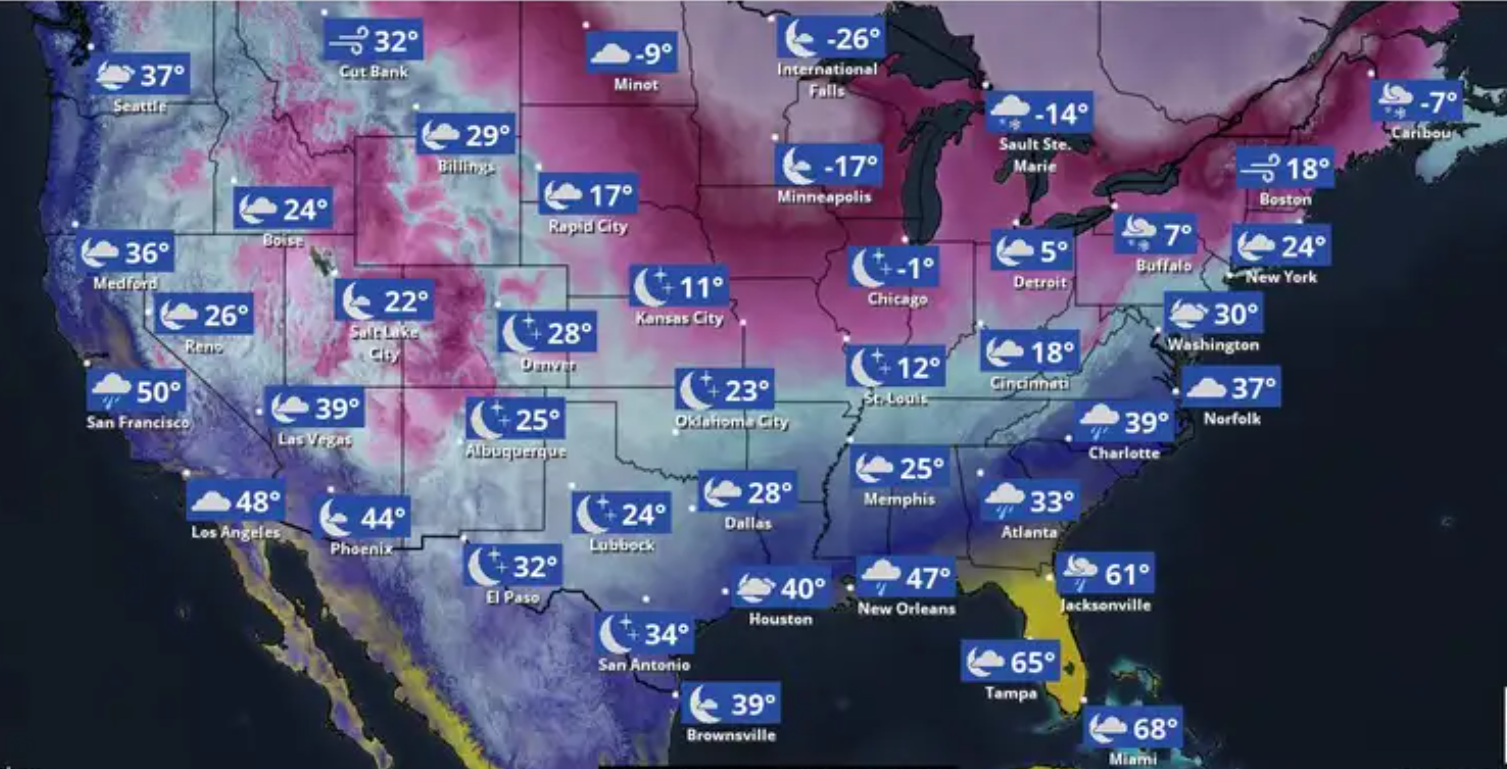
Weather in the rest of the country is not great for seeing the comet, although it’s nowhere near as bad as the UK.
Unfortunately for people in the UK and Ireland, there is near-total cloud cover tonight, according to the Met Office. Anyone hoping to see Comet C/2022 E3 (ZTF) will have to wait until Saturday night to catch a glimpse of it.
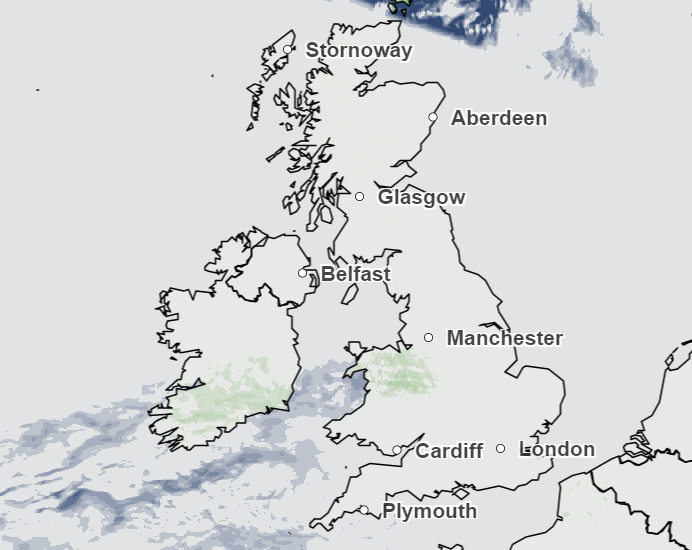
Green comet images show progress across sky over a fortnight
We have more photos of the green comet, this time from Imran Sultan, an astrophysics student at the Center for Interdisciplinary Exploration and Research in Astrophysics at Northwestern University.
The images were taken between 19 January and 1 February, 2023.
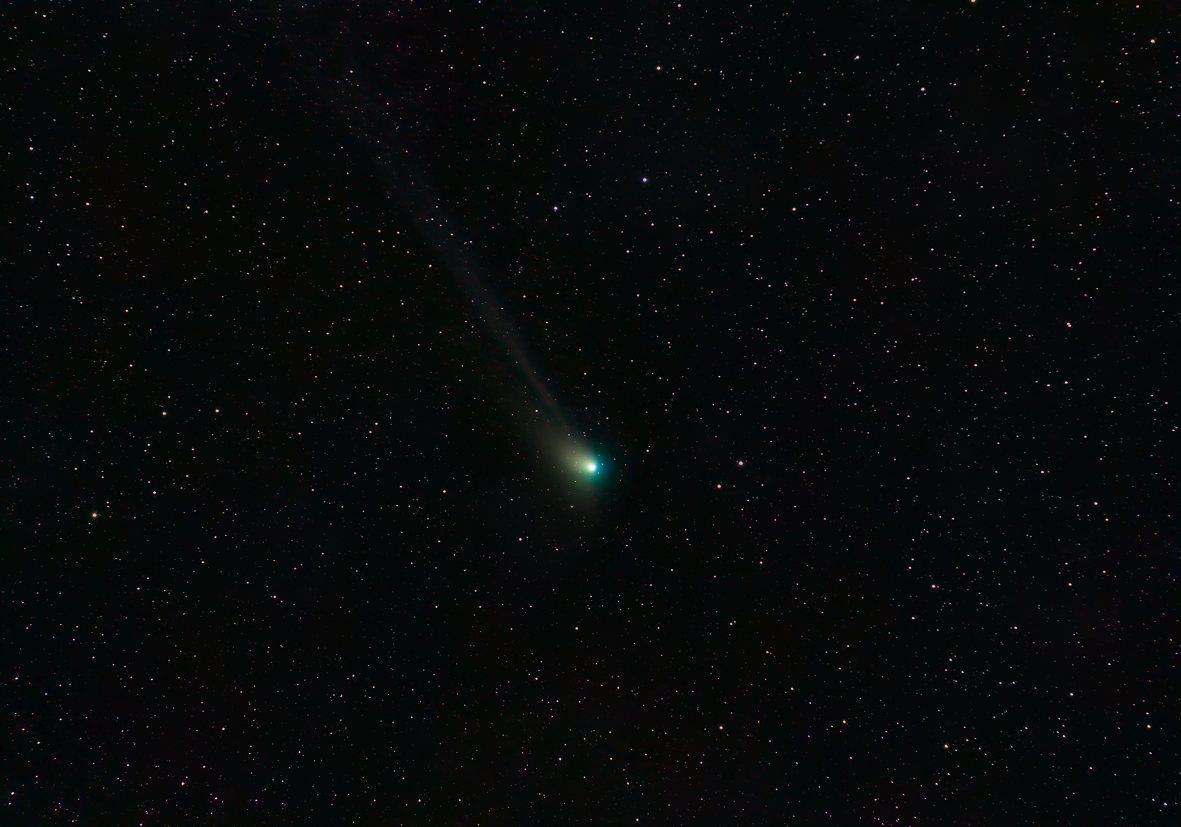
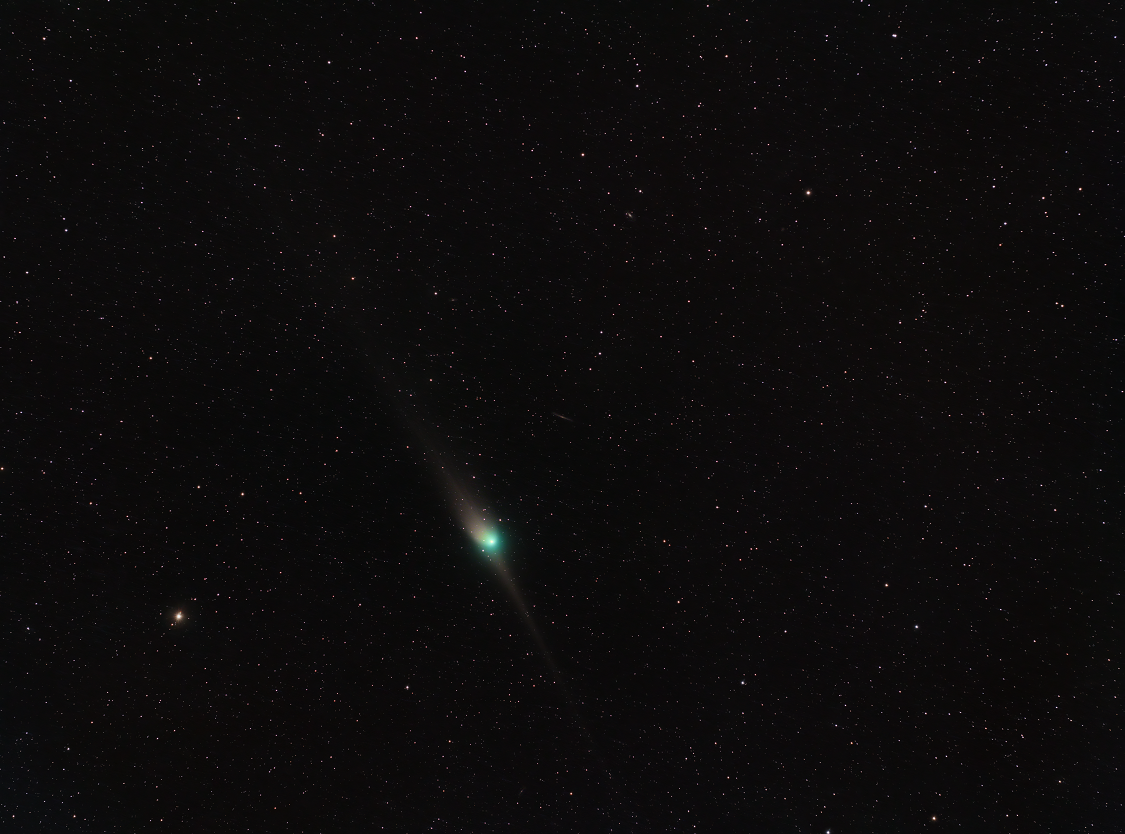
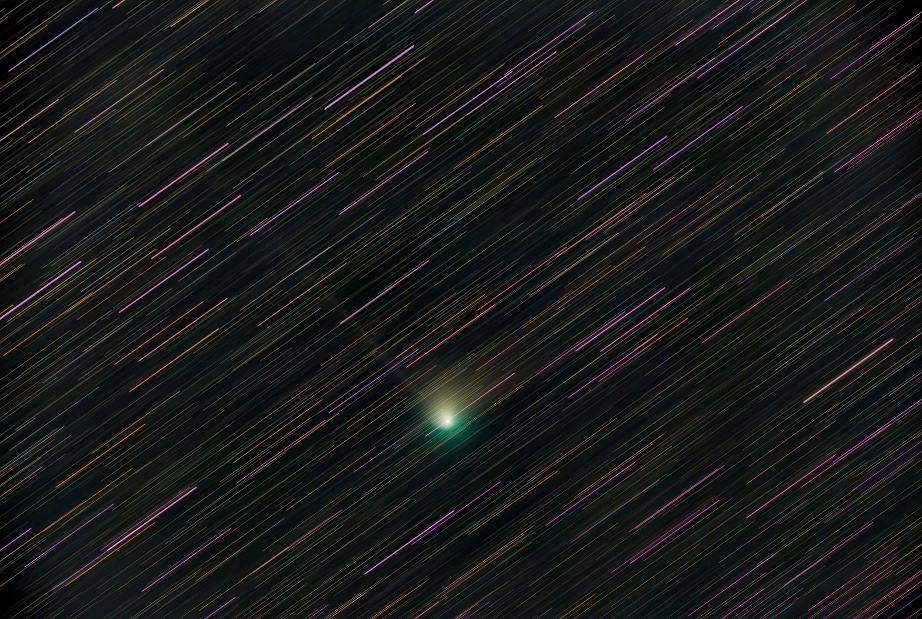
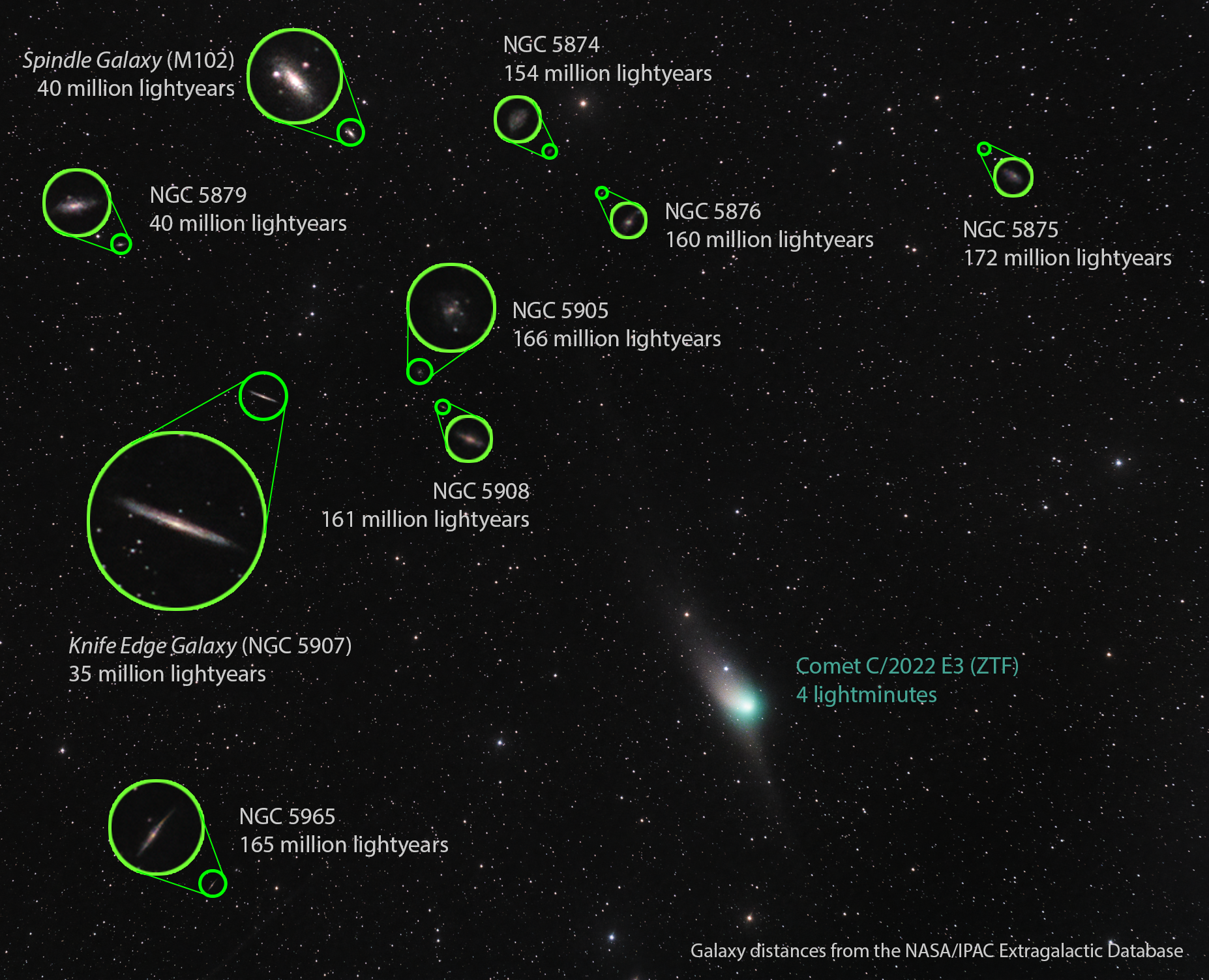



Join our commenting forum
Join thought-provoking conversations, follow other Independent readers and see their replies
Comments